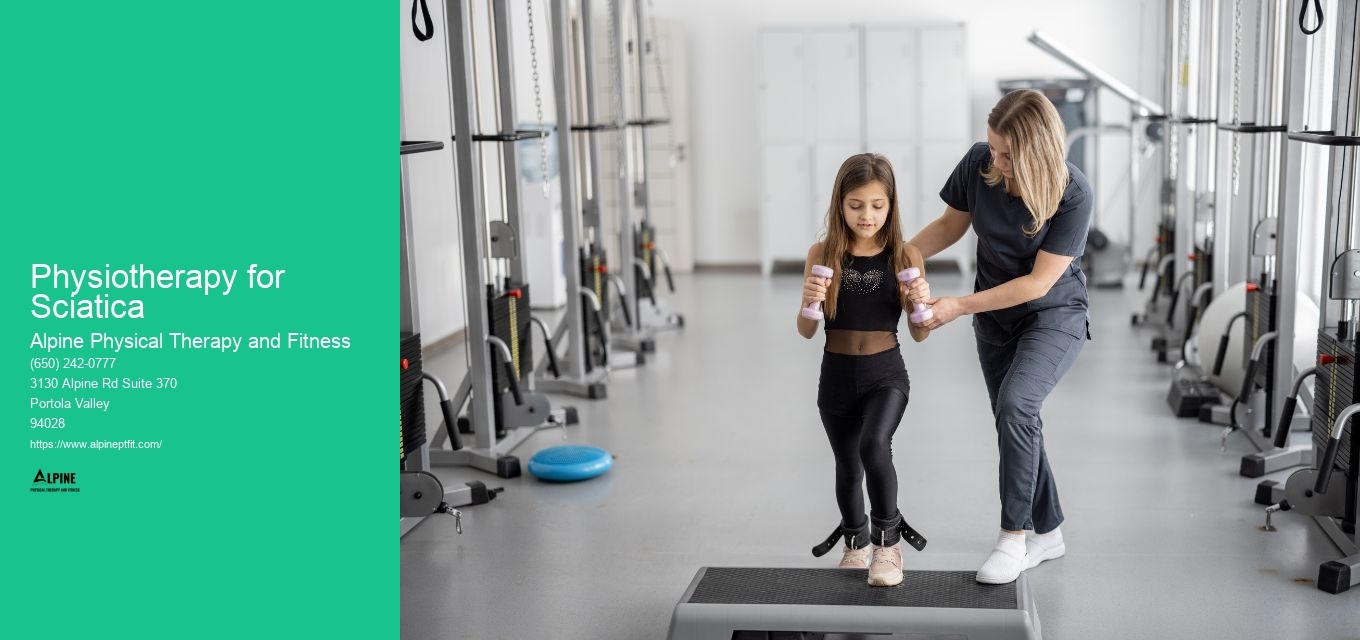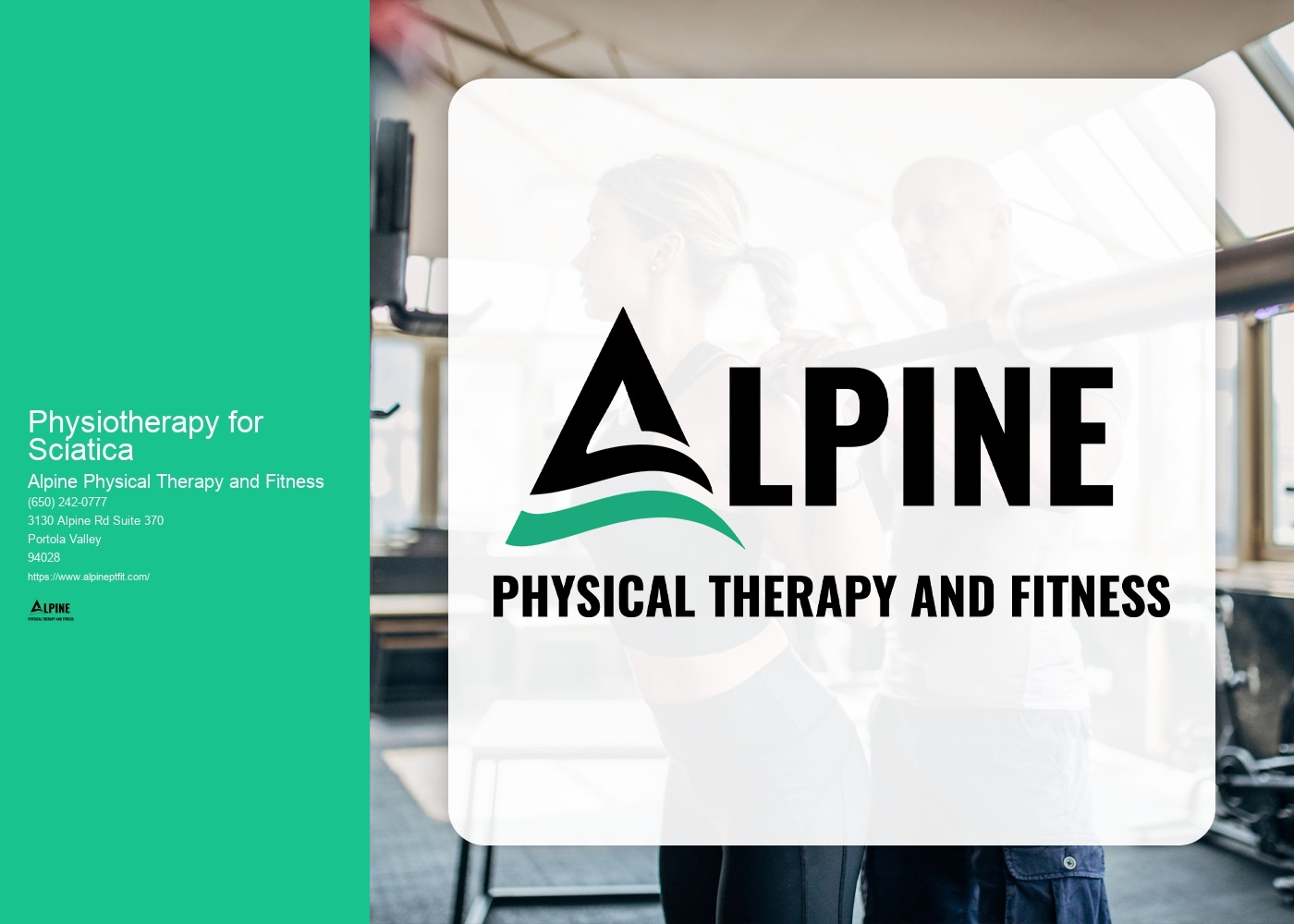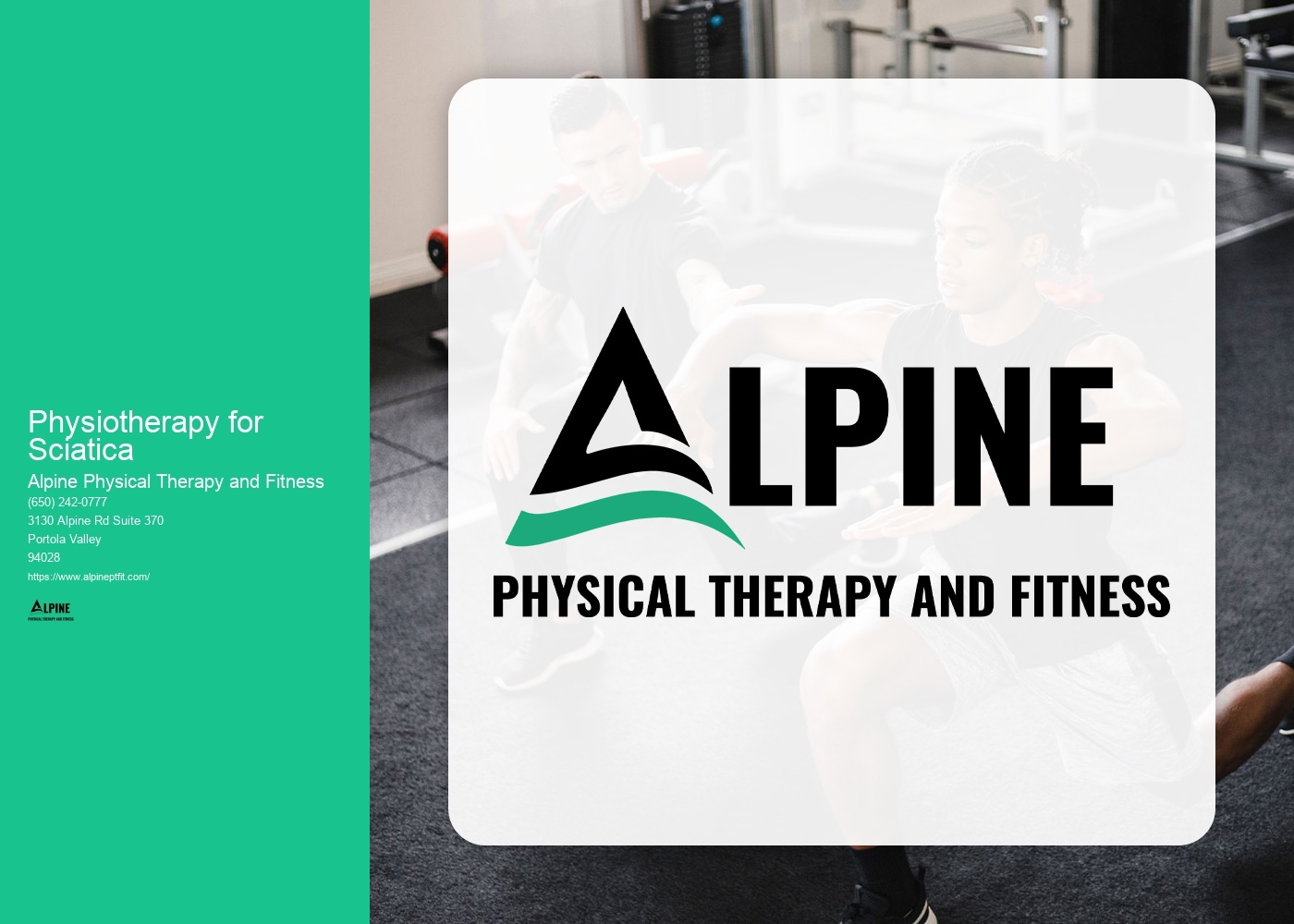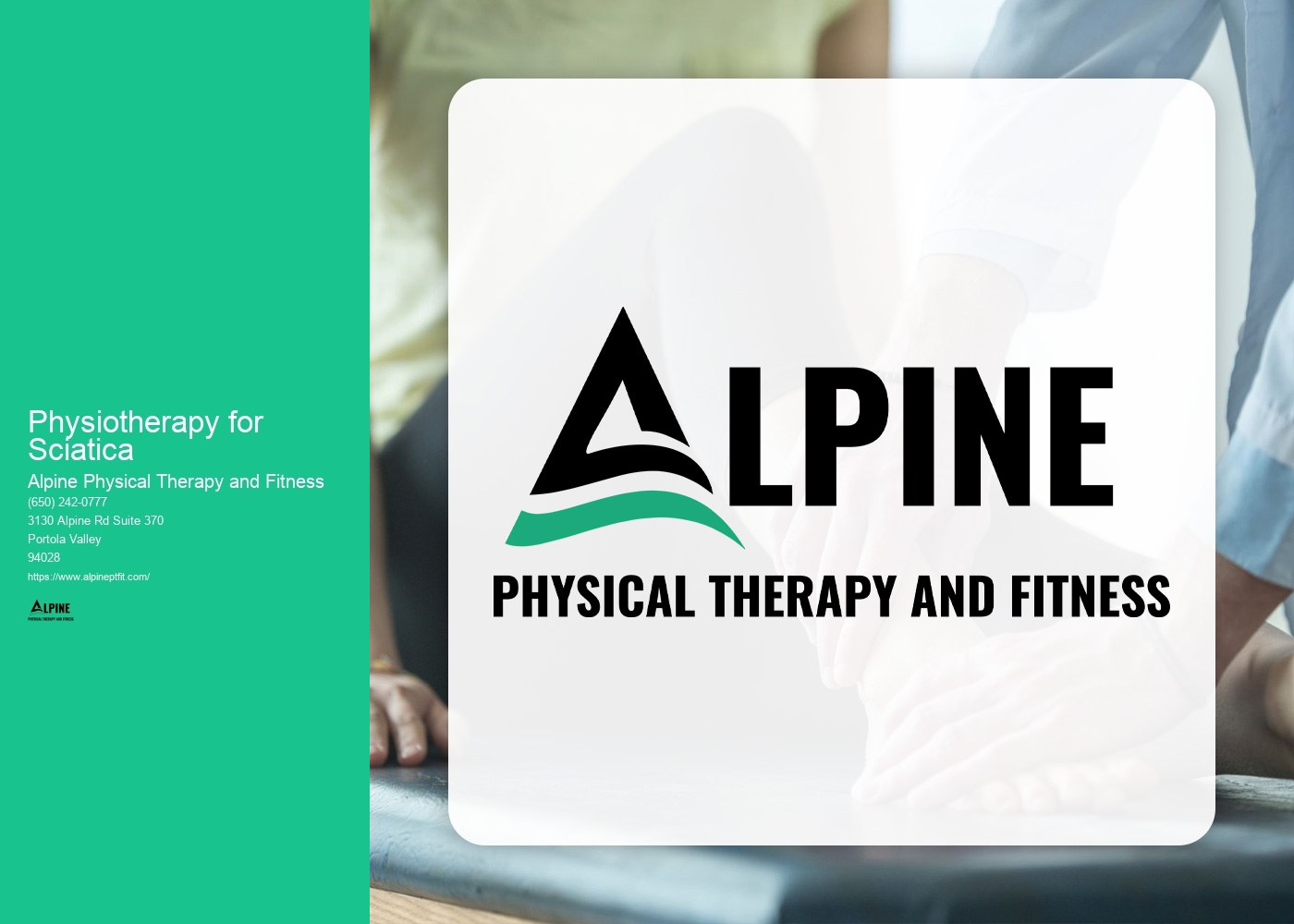

Sciatica is a condition characterized by pain that radiates along the sciatic nerve, which runs from the lower back down through the buttocks and into the legs. It is often caused by compression or irritation of the nerve roots in the lower spine. Physiotherapy plays a crucial role in the management of sciatica by providing non-invasive treatment options to alleviate pain, improve mobility, and promote healing.
The most common causes of sciatica include herniated discs, spinal stenosis, degenerative disc disease, and piriformis syndrome. A herniated disc occurs when the soft inner material of a disc protrudes through the outer layer and presses on the nerve roots. Spinal stenosis refers to the narrowing of the spinal canal, which can put pressure on the nerves. Degenerative disc disease is a condition where the discs between the vertebrae break down, causing irritation to the nerve roots. Piriformis syndrome occurs when the piriformis muscle in the buttocks compresses the sciatic nerve.
Physiotherapy can help in treating sciatica through various techniques. Manual therapy, such as joint mobilization and soft tissue massage, can help reduce pain and improve joint mobility. Specific exercises and stretches can be prescribed to strengthen the core and back muscles, improve flexibility, and relieve pressure on the sciatic nerve. Additionally, physiotherapists may use modalities like heat or cold therapy, ultrasound, or electrical stimulation to reduce pain and inflammation.

There are several exercises and stretches that are commonly recommended for sciatica. These include the knee-to-chest stretch, where you lie on your back and bring one knee towards your chest, holding it with your hands for 20-30 seconds. Another exercise is the seated piriformis stretch, where you sit with one leg crossed over the other and gently lean forward, feeling a stretch in the buttocks. Strengthening exercises like bridges and bird dogs can also be beneficial in improving core stability and reducing sciatic nerve irritation.
When undergoing physiotherapy for sciatica, it is important to take certain precautions and consider any limitations. It is crucial to follow the guidance of a qualified physiotherapist and avoid any exercises or activities that worsen the pain. It is also important to maintain good posture and body mechanics to prevent further strain on the lower back. Gradually increasing the intensity and duration of exercises is recommended to avoid overexertion and potential aggravation of symptoms.

The timeline for improvement with physiotherapy for sciatica can vary depending on the severity of the condition and individual factors. Some individuals may experience relief within a few weeks of starting physiotherapy, while others may require several months of consistent treatment. It is important to be patient and committed to the prescribed treatment plan, as consistency and adherence to exercises and stretches are key to achieving optimal results.
In addition to physiotherapy, there are other treatments and modalities that may be used in conjunction with the therapy. These can include chiropractic adjustments, acupuncture, and pain medications prescribed by a healthcare professional. In some cases, corticosteroid injections may be recommended to reduce inflammation and provide temporary relief. However, it is important to consult with a healthcare professional to determine the most appropriate treatment approach based on individual needs and preferences.

Physical therapy can play a crucial role in managing scoliosis by providing targeted exercises and interventions that aim to improve posture, strengthen muscles, and increase flexibility. Through a comprehensive evaluation, a physical therapist can develop a personalized treatment plan that may include exercises to correct imbalances, stretches to improve range of motion, and manual therapy techniques to alleviate pain and discomfort. Additionally, physical therapy can educate individuals with scoliosis on proper body mechanics and ergonomics to prevent further progression of the condition. By addressing the specific needs of each individual, physical therapy can help improve functional abilities, reduce pain, and enhance overall quality of life for those with scoliosis.
There are several targeted exercises that can be beneficial for improving fine motor skills in children with autism. These exercises focus on developing hand-eye coordination, finger dexterity, and overall control of small movements. Some examples include using playdough or clay to mold shapes and objects, practicing cutting with scissors to enhance precision and control, engaging in activities that involve picking up small objects with tweezers or tongs, and using puzzles or building blocks to promote manipulation and manipulation skills. Additionally, activities such as drawing, coloring, and writing can also help improve fine motor skills in children with autism. It is important to tailor these exercises to the individual needs and abilities of each child, and to provide a supportive and encouraging environment to foster their progress.
Aquatic therapy offers numerous benefits for individuals with spinal cord injuries. The buoyancy of water reduces the impact on the joints and spine, allowing for increased mobility and range of motion. The resistance provided by the water helps to strengthen muscles and improve overall strength and endurance. Additionally, the hydrostatic pressure of the water can help to reduce swelling and improve circulation. Aquatic therapy also provides a safe and supportive environment for individuals with spinal cord injuries to work on balance, coordination, and functional activities. The calming and relaxing nature of water can also help to reduce pain and promote a sense of well-being. Overall, aquatic therapy is a highly effective and enjoyable form of rehabilitation for individuals with spinal cord injuries.
Physical therapy plays a crucial role in addressing balance issues in older adults. Through a comprehensive assessment, physical therapists identify the underlying causes of balance problems, such as muscle weakness, joint stiffness, or impaired proprioception. They then develop personalized treatment plans that incorporate a range of exercises and interventions to improve balance and stability. These may include strength training exercises to target specific muscle groups, balance training exercises to enhance proprioception and coordination, and gait training to improve walking patterns. Additionally, physical therapists may utilize assistive devices, such as canes or walkers, to provide support and enhance safety during mobility. By addressing the root causes of balance issues and implementing targeted interventions, physical therapy helps older adults regain their balance, reduce the risk of falls, and improve their overall quality of life.
The principles of rehabilitation for a baseball pitcher with shoulder issues involve a comprehensive approach that focuses on restoring strength, flexibility, and stability to the shoulder joint. The rehabilitation program typically includes a combination of exercises, manual therapy techniques, and modalities such as heat or ice therapy. Specific exercises may include rotator cuff strengthening exercises, scapular stabilization exercises, and range of motion exercises. It is important to gradually progress the intensity and volume of the exercises to avoid overloading the shoulder. Additionally, proper throwing mechanics and technique should be emphasized to prevent further injury. The rehabilitation process may also involve addressing any underlying biomechanical issues or muscle imbalances that may have contributed to the shoulder issues. Overall, the goal of rehabilitation is to not only alleviate pain and restore function but also to prevent future injuries and optimize performance.
Physical therapy can be a valuable tool in assisting women with endometriosis-related pain. By utilizing a combination of targeted exercises, manual therapy techniques, and education, physical therapists can help women manage their pain and improve their overall quality of life. Through exercises that focus on strengthening the pelvic floor muscles and improving flexibility, physical therapy can help alleviate pain and discomfort associated with endometriosis. Additionally, manual therapy techniques such as myofascial release and trigger point therapy can help release tension and reduce pain in the pelvic region. Education on proper body mechanics and posture can also be provided, helping women to avoid activities that may exacerbate their symptoms. Overall, physical therapy offers a holistic approach to managing endometriosis-related pain, addressing both the physical and emotional aspects of the condition.